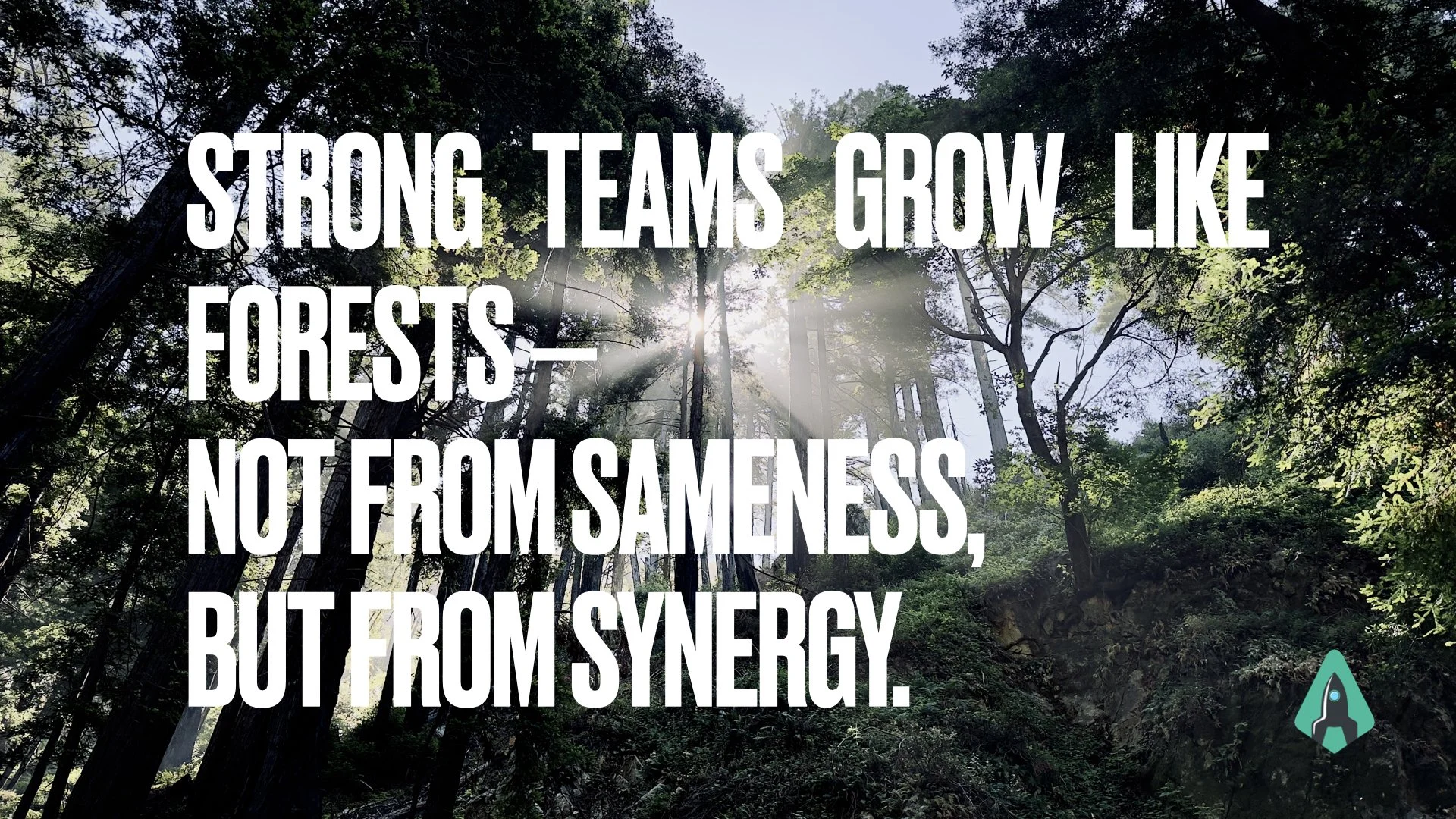Hiring for High Performance: Why Positive Leadership Starts at the Interview Table
Do we really need another one just like the others?
It’s a simple but essential question — and one that’s too often overlooked when hiring.
In today's fast-paced and complex work environments, especially in industries like biotech, success depends less on individual brilliance and more on the strategic interplay of diverse strengths within a team. And yet, recruitment processes often focus on matching candidates to a role description or — more subtly — on finding people similar to those already on the team.
But here’s the thing:
Positive Leadership doesn’t begin with motivation speeches or performance reviews.
It begins at the hiring table.
From Fit to Function: A Shift in Hiring Perspective
Most companies hire by evaluating whether a candidate fits a particular job description. That’s not wrong — but it’s incomplete. The real challenge is not just about matching a role, but completing a team.
In traditional recruiting, the question is:
“Does this person have the skills and experience for the job?”
In Positive Leadership, the better question is:
“What strengths does our team need next — not again?”
This shift moves us away from individual fit toward team complementarity. It’s not about finding someone who ticks the same boxes as the last great hire — it’s about identifying what’s missing in the team’s collective strength profile and filling that gap thoughtfully.
Why Similarity Isn’t Always Synergy
Many leaders (often unconsciously) tend to select candidates who resemble themselves — in background, values, even personality. Studies show that shared demographics or belief systems often create a positive bias in how competence and likability are perceived.
But this psychological tendency has a hidden cost:
It builds homogenous teams that lack the diversity of thought and capability required for long-term excellence.
Especially in innovation-driven industries, you don’t want everyone to be a visionary risk-taker. Sometimes, the person who brings caution, analytical depth, or interpersonal sensitivity may be the one who unlocks the team’s full potential.
The Strategic Question for Leaders
Before the next interview, leaders should ask themselves:
What are the dominant strengths already present in my team?
Which strengths are underrepresented but critical to future challenges?
Am I hiring to reinforce what we already have — or to expand what we’re capable of?
This mindset transforms recruiting from a reactive checklist into a strategic leadership tool.
And it sets the foundation for sustainable excellence — not just high performance from one person, but elevated performance from the team as a whole.
The Bottom Line
High-performing teams aren’t built on uniformity.
They’re built on purposeful complementarity.
Whether you’re growing a lab team, a product unit, or a customer support function — stop hiring the same profile over and over. Look for strengths that complete the picture, not just repeat it.
That’s where Positive Leadership begins:
Not with a job title, but with a thoughtful question.

